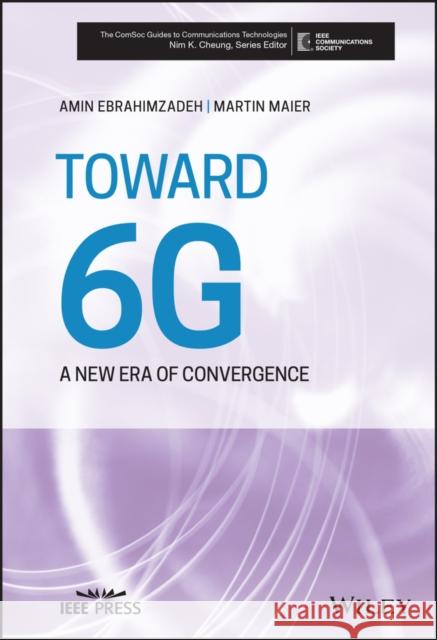Toward 6g: A New Era of Convergence » książka
topmenu
Toward 6g: A New Era of Convergence
ISBN-13: 9781119658023 / Angielski / Twarda / 2021 / 240 str.
Kategorie:
Kategorie BISAC:
Wydawca:
Wiley-IEEE Press
Seria wydawnicza:
Język:
Angielski
ISBN-13:
9781119658023
Rok wydania:
2021
Numer serii:
000384997
Ilość stron:
240
Waga:
0.49 kg
Wymiary:
22.86 x 15.24 x 1.42
Oprawa:
Twarda
Wolumenów:
01
Dodatkowe informacje:
Bibliografia











